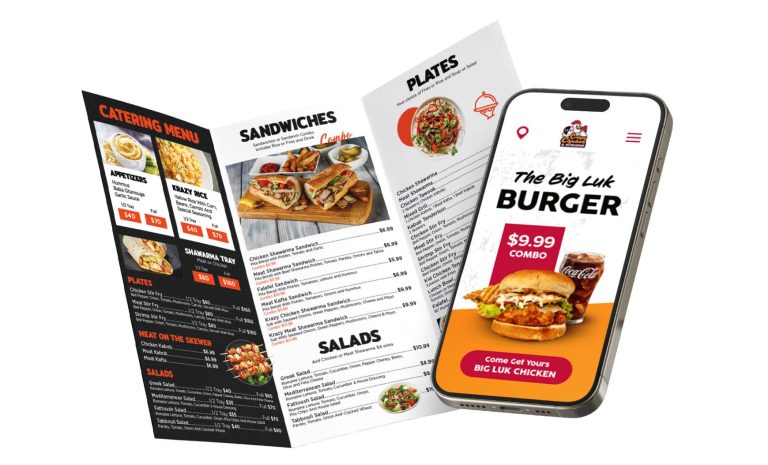MON - FRI: 9:00 to 7:00 EST

Navigating Google AdWords Packages: Choosing the Right Fit for Your Business
Google AdWords, now known as Google Ads, offers a powerful platform for businesses to reach their target audience through pay-per-click (PPC) advertising. Understanding the different packages and options available can help you make informed decisions that align with your marketing strategy and budget constraints. This comprehensive guide will walk you through the different Google Ads packages, helping you select the best option for your business needs.
Understanding Google Ads Packages
Google Ads provides a variety of advertising solutions that cater to different types of businesses and marketing objectives. Here’s a breakdown of the primary types of campaigns you can run and what each package might include:
- Search Ads: These are text ads that appear on Google search results pages. This basic package is ideal for businesses looking to increase visibility and drive traffic to their website.
- Display Ads: These visual ads appear on websites within the Google Display Network. This package is suitable for businesses aiming to enhance brand awareness and reach a broader audience.
- Shopping Ads: Best for e-commerce businesses, Shopping ads showcase products directly in Google search results and on Google Shopping.
- Video Ads: These ads are shown on YouTube and other video services in the Google Display Network. They are excellent for businesses that want to engage users with compelling video content.
- App Campaigns: Designed to promote mobile apps, these ads can appear across Google’s entire advertising network, including search, display, and YouTube.
Choosing the Right Package
Selecting the right Google Ads package involves understanding your business goals, target audience, and budget:
- Define Your Marketing Goals: Are you looking to drive traffic, increase sales, enhance brand awareness, or encourage app installations? Your goals will dictate which ad package will be most effective.
- Know Your Audience: Understand where your target audience spends their time online. If they frequently use YouTube, a Video Ad package might be more effective than a traditional Search Ad.
- Consider Your Budget: Google Ads operates on a bidding system, so your budget will influence how aggressive you can be with your ad placements. Each package offers different cost structures and bidding strategies that can be tailored to meet your financial constraints.
Optimizing Your Ad Spend
To maximize the return on your investment, consider these strategies for managing your Google Ads campaigns:
- Keyword Research: Conduct thorough keyword research to ensure your ads appear for the right search queries. This is particularly crucial for Search Ads.
- Ad Customization and Testing: Customize your ads for different demographics and geographic locations. Regularly test different ad formats and copy to see what works best.
- Use Analytics: Utilize Google Analytics in conjunction with Google Ads to track performance and adjust your strategies accordingly. This data is invaluable for understanding which aspects of your campaign are working and which need adjustment.
- Professional Management: Consider investing in professional management services for your Google Ads campaigns, especially if you’re utilizing multiple packages or have a significant budget. These services can help optimize your bids, refine your targeting, and improve your overall ad performance.
Staying Updated with Google Ads Changes
Google frequently updates its advertising policies and technologies. Staying informed about these changes is crucial to maintaining an effective advertising strategy. Subscribe to Google Ads updates, participate in relevant webinars, and consider ongoing training or certification in Google Ads to keep your skills and knowledge up to date.
Choosing the right Google AdWords package requires a deep understanding of your business objectives, audience behavior, and budget. By carefully selecting and managing your Google Ads campaigns, you can effectively reach potential customers, drive meaningful engagement, and achieve significant business growth.








